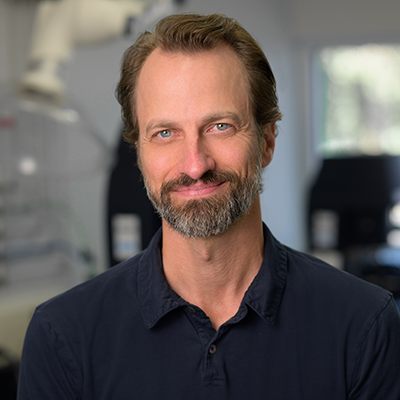By Will Kain, Founder & CEO
This week marked one of the biggest milestones yet for Avnos, as well as a timely reminder there’s still plenty to be optimistic about in carbon removal.
We announced Project Cedar – an investment of up to $17 million from Shell and Mitsubishi Corporation to build our first commercial-scale Hybrid Direct Air Capture (HDAC) facility in the U.S. It’s the largest project in our history and a huge validation of our technology, partners, and team.
When complete, Cedar will capture 3,000 metric tons of CO₂ each year – about as much as roughly 140,000 trees remove annually – while producing more than 6,000 tons of clean water, all in the same process.
This investment is a powerful signal that, even amid some uncertainty in the DAC space, confidence in its long-term potential remains strong.
Building the Foundation for Scale
At Avnos, we focus on practical, real-world innovation – building systems that work outside the lab. Cedar takes this approach to the next level: it’s modular, cost-efficient, and designed to scale, building on the foundation set by our earlier projects.
In Bridgewater, New Jersey, our 20,000-square-foot Technology Development Center is one of the most advanced DAC labs in the world – a place where our team designs, assembles, and tests HDAC systems under real-world conditions.
Construction is also underway at the site on Project Brighton – a commercial-scale capture unit, supported by the U.S. Office of Naval Research – that will remove about 450 tons of CO₂ per year once online in early 2026.
In Bakersfield, California, our Project Alpine pilot, funded by the U.S. Department of Energy, has been running since September 2023. Alpine is Avnos’ first field-deployed HDAC system and serves as a testbed for new ideas, helping us refine materials and processes that inform larger-scale projects like Cedar and Brighton.
The Next Frontier for Carbon Removal
We’re also seeing new opportunities emerge in sectors like AI data centers, where operators are seeking ways to tackle both carbon and water challenges. HDAC offers a rare win-win – capturing CO₂ from the air to help offset the carbon footprint of running the center, while producing clean water to ease cooling demand – a great example of how carbon removal can integrate into existing infrastructure and deliver wider environmental benefits.
Despite recent headlines, momentum in carbon removal continues to build. The path won’t always be easy, but the direction is clear: energy-efficient, water-positive, and scalable DAC is leading the way toward a more sustainable future.
